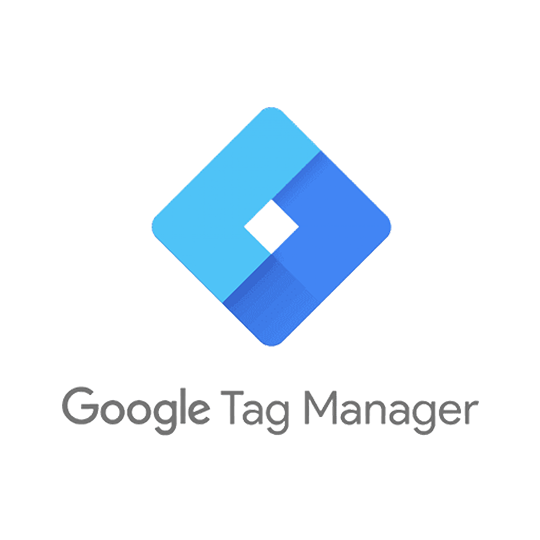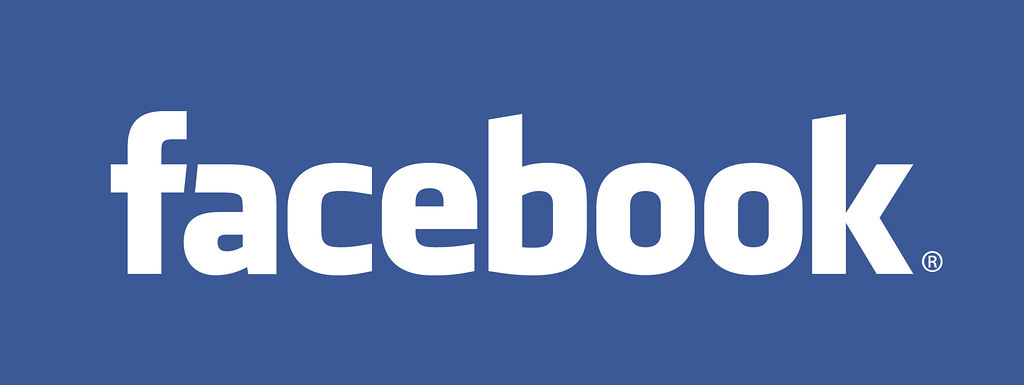Tracking
There are so many different ways to track user engagement and channel performance online, sometimes it’s hard to know what the best ways to do it are.
The only answer to this is, there isn’t a one size fits all method. Below we’ll break down


Google Analytics
Google Analytics is probably the most well known form of audience tracking. The unfortunate truth is that if you’re an online business then you’ll most likely rely on Google Analytics to give you the most accurate view of your website engagement.
However, it really isn’t smart to use Google Analytics on it’s own. Especially when you’re pushing your brand out onto multiple channels, like social media, etc. This is because Google Analytics doesn’t read data points from different platforms (that aren’t Google native) very well. The result of this, is that your user data is attributed by Google Analytics to a channel that it probably didn’t come from in the first place.
Google Tag Manager
In order for Google Tag Manager to be used correctly, you’d need to develop a set of macros that can transport much more granular action data to your Google Analytics.
Once the Google Tag Manager Container is ready, we will then set up all of the audiences in your Google Analytics account, along with funnel, goal and event structuring.
Google Analytics will then use the clean Google Tag Manager Container data to give you a clearer picture of your online economy.


Facebook Pixel
Essentially, if you’re advertising on Facebook and you don’t have a Facebook Pixel implemented into the back end of your website, then you’re not going to be able to see what users are doing when they visit your platform.
In addition to this, without a Facebook Pixel (which is set up correctly), you can’t effectively remarket to anyone that has already shown an active interest in your brand.
Conversion API
This has come into the spotlight much more recently, since Apple released their iOs 14 changes, which limit the ability to track events from users on iPhone.
In addition Facebook changed their attribution setting from a 28 day period, to a 7 day period. Which essentially makes it almost impossible to accurately attribute actions to specific ads after 7 days.
The best chance we’ve got is by using the Conversion API, which requires an element of developer knowledge to implement.


LinkedIn Insight Tag
LinkedIn is amazing for advertising to both B2B and B2C, and is used more and more lately. So it’s important to know who your ads are appealing to, when they’re visiting your brand, what actions they’re taking and what it is that’s driving your highest level of engagement.
Without this tag being implemented, LinkedIn advertising suddenly becomes much harder.
Increase in ROAS
Lorem ipsum dolor sit amet, consectetur adipiscing elit. Ut elit tellus, luctus nec ullamcorper mattis, pulvinar dapibus leo.
Reduced CPC
Lorem ipsum dolor sit amet, consectetur adipiscing elit. Ut elit tellus, luctus nec ullamcorper mattis, pulvinar dapibus leo.
This is the heading
Lorem ipsum dolor sit amet, consectetur adipiscing elit. Ut elit tellus, luctus nec ullamcorper mattis, pulvinar dapibus leo.

